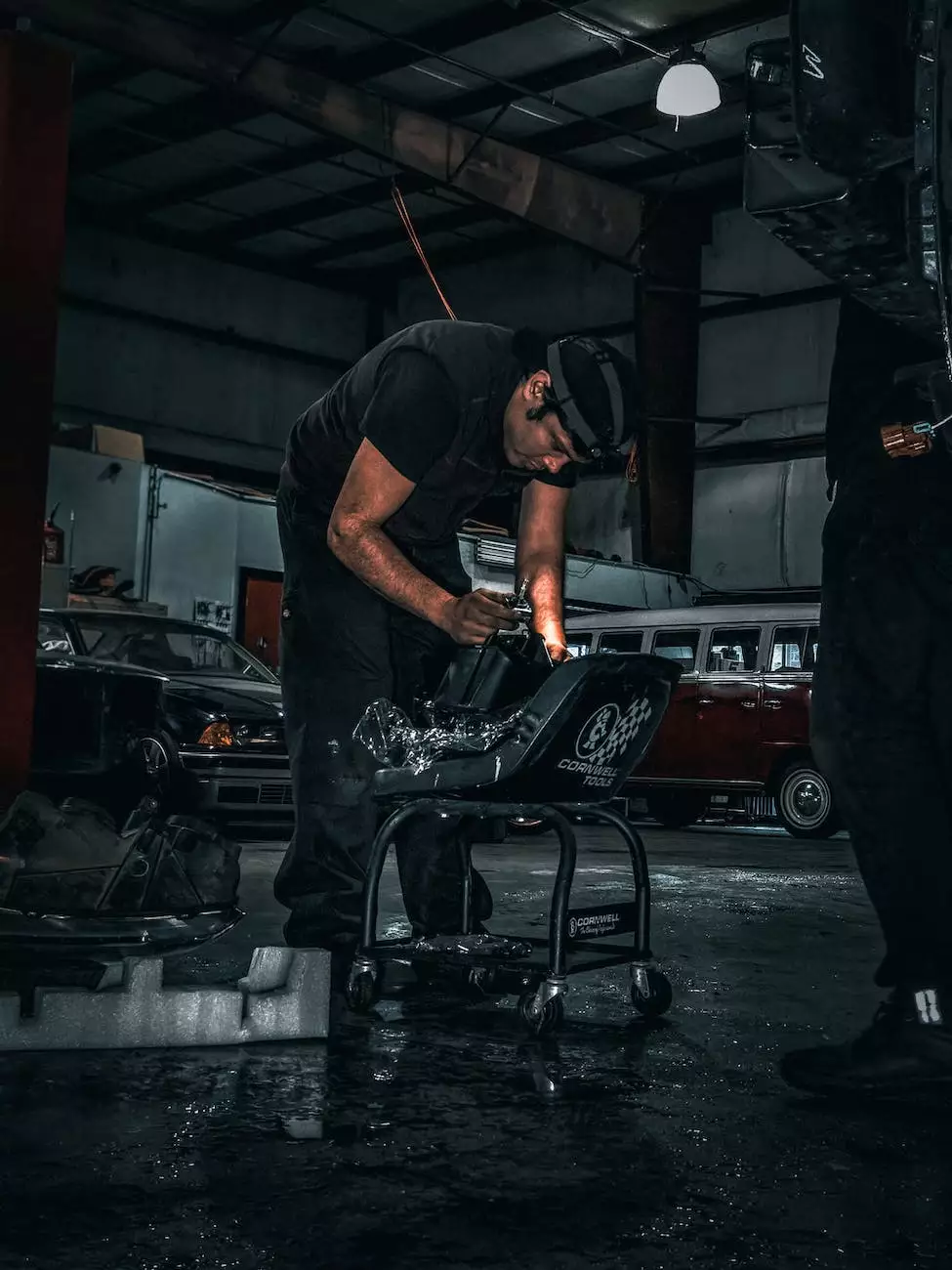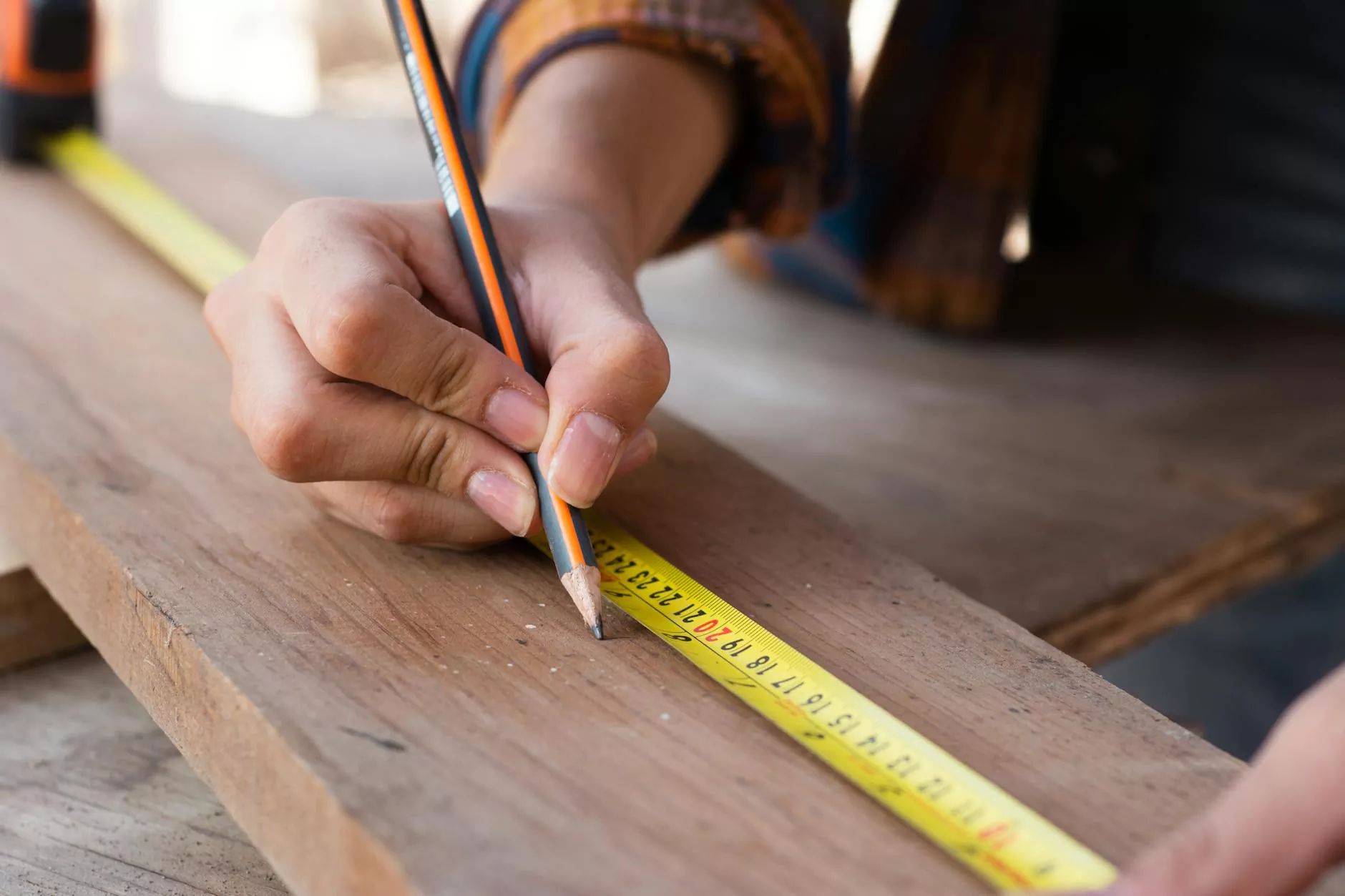Aurora Auto Body Shop Explains: Do-It-Yourself Oil Change
Auto Maintenance Tips
Introduction
Welcome to BK Autosports, your trusted Aurora auto body shop. In this comprehensive guide, we will explain how to perform a do-it-yourself oil change on your vehicle. Regular oil changes are crucial for maintaining the health and performance of your engine. By following our step-by-step instructions and utilizing the right tools, you can save time and money by performing this essential maintenance task yourself.
Why Change Your Oil?
Changing your vehicle's oil regularly is vital for several reasons. The engine oil lubricates the various moving parts, prevents friction and heat-related damage, and removes impurities to keep everything running smoothly. Over time, the oil accumulates contaminants and loses its effectiveness. Failing to change the oil can lead to decreased engine performance, increased fuel consumption, and potential engine damage. Performing regular oil changes ensures optimal engine health and longevity.
Tools and Materials
Before you begin, gather the necessary tools and materials:
- Oil filter wrench
- Oil drain pan
- Funnel
- New oil filter
- New oil (Check your vehicle's manual for the recommended oil type and volume)
- Rubber gloves
- Ramps or jack stands
- Socket wrench
Step-by-Step Instructions
1. Preparation
Start by parking your vehicle on a level surface and engaging the parking brake. If your vehicle has a low clearance, you may need to lift the front end using ramps or jack stands to access the oil drain plug and filter easily.
2. Locate the Oil Drain Plug
The oil drain plug is typically located on the bottom of the engine oil pan. Refer to your vehicle's manual or consult online resources to identify its exact location. Once located, position the oil drain pan beneath the plug to catch the old oil.
3. Remove the Oil Drain Plug
Using a socket wrench, carefully loosen and remove the oil drain plug. Be cautious as the oil may be hot. Allow the old oil to drain completely into the pan.
4. Replace the Oil Filter
Locate the oil filter, usually positioned near the engine block. Use an oil filter wrench to loosen and remove the old filter in a counterclockwise motion. Empty the old oil into the drain pan. Before installing the new oil filter, apply a thin layer of oil to the rubber gasket to ensure a proper seal. Screw on the new oil filter by hand, ensuring it is snug but not overly tightened.
5. Add New Oil
Find the oil fill cap on the top of the engine and remove it. Insert a funnel into the opening and carefully pour the recommended amount of new oil into the engine. Check the dipstick periodically to ensure you have added the correct amount. Once completed, securely reattach the oil fill cap.
6. Check the Oil Level
Start the engine and let it run for a few minutes. Turn off the engine and wait a few minutes for the oil to settle. Use the dipstick to check the oil level. If necessary, add more oil until it reaches the recommended level.
7. Dispose of the Old Oil Responsibly
Used motor oil must be disposed of properly to protect the environment. Many auto parts stores and recycling centers accept used oil. Transfer the old oil from the drain pan into a sealed container and take it to a designated collection facility.
Conclusion
Congratulations! You have successfully completed a do-it-yourself oil change. By following these step-by-step instructions, you have saved time and money while performing essential vehicle maintenance. However, if you feel uncomfortable performing this task yourself or if you have any concerns, it is always wise to consult with a professional Aurora auto body shop like BK Autosports. Our experienced technicians are ready to assist you with all your automotive needs. Contact us today for top-quality automotive services.










